Understanding Blockchain Technology and Its Impact on Financial Services on Peerwallet
Monday 22nd of April 2024
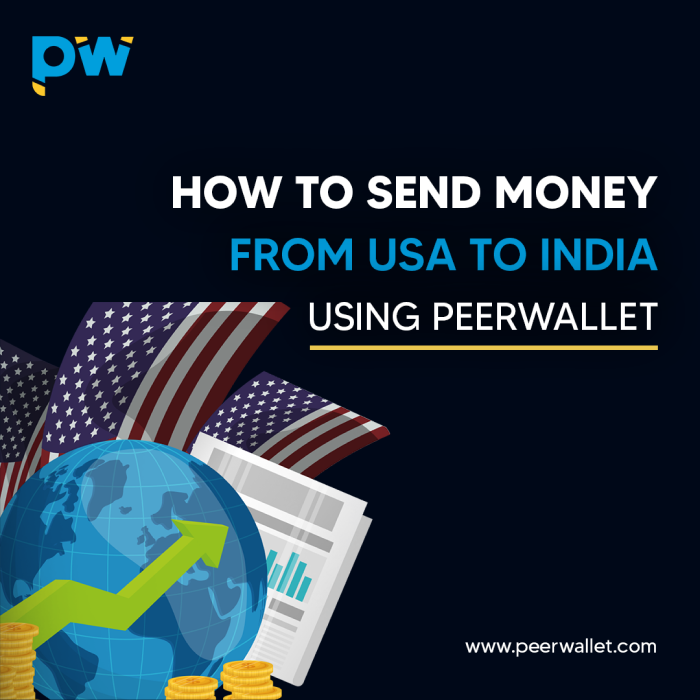
A peer-to-peer system is a network that allows users to connect directly for various purposes and transactions without the need for centralized interference between the users or without going through an intermediary to achieve the purpose of that transaction. This means there are little or no fees to use the system and it doesn't need to go through any third party for authorization. There are many advantages to using a peer-to-peer system ' especially if you're looking for something that works well with your organization's current technologies and infrastructure.
In this article, we'll look at how this type of technology works and give you some ways that you can use it in your business today!
Peer-to-peer (also known as P2P) payment systems are a type of online payment system where users can transfer money directly to each other, without the need for third-party authorization. They are also known as person-to-person payments or person-to-merchant payments.
The main reason for using peer-to-peer payments is because they offer lower fees than traditional payment systems like credit cards and bank transfers, which often charge fees that are high up to 3% per transaction.
Some peer-to-peer payment systems also offer additional features, such as real-time payment notifications and the ability to track your payments online. This can be particularly useful if you are making a large payment or sending money abroad.
There are many different peer-to-peer payment systems available, but one of the best you have out there with security guaranteed in the peerwallet payment system. Their services offer free accounts with additional features such as international payments and real-time transfers.
Peer-to-peer payment systems are an effective way to send money online. They are especially useful if you want to transfer funds between bank accounts or pay someone who doesn't have a credit card or bank account.
Peer-to-peer systems are a great way to make payments to your customers. You can use this technology to save money, reduce fraud and make it easier for customers to pay with peer-to-peer systems.
-Your business can save money by using a peer-to-peer system. It will reduce the cost of handling transactions through traditional payment methods such as cash or cheques; this is because you're not paying for the processing fees charged by banks or card companies when they process transactions on your behalf. Instead, these costs are passed onto consumers in the form of higher prices on purchases made online/offline.
- Peer-to-peer technologies also help businesses track their financial information ' including sales data ' so that they know where their profits come from and which areas need improvement if they want greater growth in those areas over time (i.e., knowing what products sell well).
- Peer-to-peer payments are also convenient for customers. They don't have to worry about carrying cash or having their credit cards stolen (credit card fraud is a costly problem that costs businesses billions of dollars each year). Instead, they can use a secure digital wallet like peerwallet on their phone or computer to make payments.
- Peer-to-peer payments are also safer than using cash or credit cards; they're more secure because they use encryption technology to protect your financial information.
- Peer-to-peer payments are increasingly popular because they're convenient and secure.
- Peer-to-peer payments are also cheaper for businesses than credit card transactions because there are no transaction fees or interest rates associated with peer-to-peer payment transactions.
A peer-to-peer payment can be made using a peer-to-peer (P2P) money transfer application or service. To use such an app, you need to own a bank account or a bank card. To sign up for an account using your email address and/or phone number, install the app and connect your card(s) or bank account(s) to it. Once you've done that, you can start making payments on the app by sending them to other users in exchange for money. Sending a payment is often a simple process that only takes a few taps; once you're registered with the service, you can find other users by their username, email address, or phone number. Depending on which service you use, a P2P transfer can take from a few minutes to a few days to complete; this is determined by each service provider's policies about how long it takes for their servers to verify transactions made through their services
Centralized: A centralized system relies on a single server or cloud service provider to store data and manage transactions. In this type of system, there's always one central authority that controls all aspects of the network including its rules & regulations (e.g., who can join), which makes things less transparent than other models like blockchain technology where many participants are working together towards achieving goals through consensus-based decision-making processes instead of being controlled by one central party alone
Decentralized: A decentralized network has no leader but rather uses distributed computing power across multiple nodes (computers) within an organization to make decisions faster than traditional organizations using traditional methods such as voting systems or collective decision-making structures
Semi-Decentralized: A semi-decentralized system is a compromise between centralized and decentralized networks. It uses some of the features of both models to achieve better results than either one alone. For example, a semi-decentralized network might use blockchain technology to record transactions while running them through a central authority such as a bank or cloud provider.
your business can benefit from peer-to-peer payments in many ways. A peer-to-peer payment system helps you save money and reduce fraud risk.
- Save on fees: With the help of a peer-to-peer payment system, your business can save on transaction processing fees. This is because the exchange happens directly between two parties without passing through a third party like an intermediary bank or payment gateway.
- Reduce fraud risk: If you're using traditional credit card processing systems, there's a high likelihood that your customer will file a chargeback if they don't receive their goods or services as promised. This leads to delays in delivering goods and services and lost revenue for both parties involved (the merchant ' who may have had her product shipped but forgotten what she needed; and the customer). When using this type of technology where payments are made directly between two parties without going through third parties like banks & processors etc., there isn't any worry about having fraudulent transactions take place because both parties need each other's information before making any transaction possible!
A peer-to-peer system is a method of payment that allows you to connect other users with your account. This means that instead of using a bank or credit card company, you can directly transfer money from one person to another person over the Internet. The use of peer-to-peer payments is growing rapidly, especially among millennials. More than 90 percent of millennials are using digital wallets to make purchases online and in-store.
If you are looking for more ways to improve your business right now, then give this option a try today!
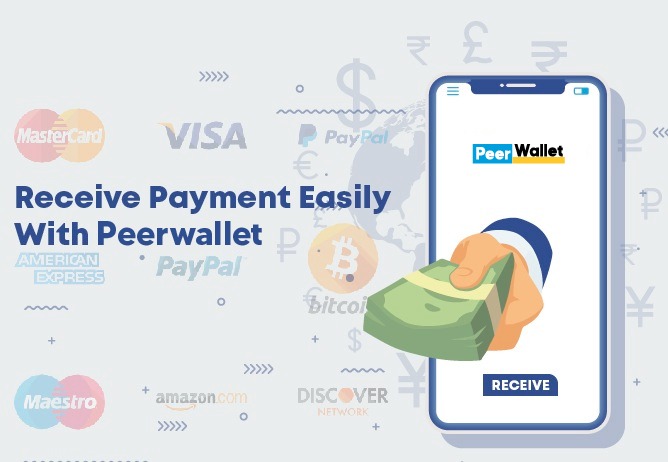
Monday 22nd of April 2024

Monday 22nd of April 2024

Monday 22nd of April 2024

Monday 22nd of April 2024

Monday 22nd of April 2024

Monday 22nd of April 2024

Monday 22nd of April 2024

Monday 22nd of April 2024

Monday 22nd of April 2024

Monday 22nd of April 2024

Monday 22nd of April 2024

Monday 22nd of April 2024

Monday 22nd of April 2024

Monday 22nd of April 2024

Monday 22nd of April 2024

Monday 22nd of April 2024

Monday 22nd of April 2024

Monday 22nd of April 2024

Monday 22nd of April 2024

Monday 22nd of April 2024

Monday 22nd of April 2024

Monday 22nd of April 2024

Monday 22nd of April 2024

Monday 22nd of April 2024

Monday 22nd of April 2024

Monday 22nd of April 2024

Monday 22nd of April 2024

Monday 22nd of April 2024

Monday 22nd of April 2024

Monday 22nd of April 2024

Monday 22nd of April 2024

Monday 22nd of April 2024


Monday 22nd of April 2024

Monday 22nd of April 2024

Monday 22nd of April 2024

Monday 22nd of April 2024
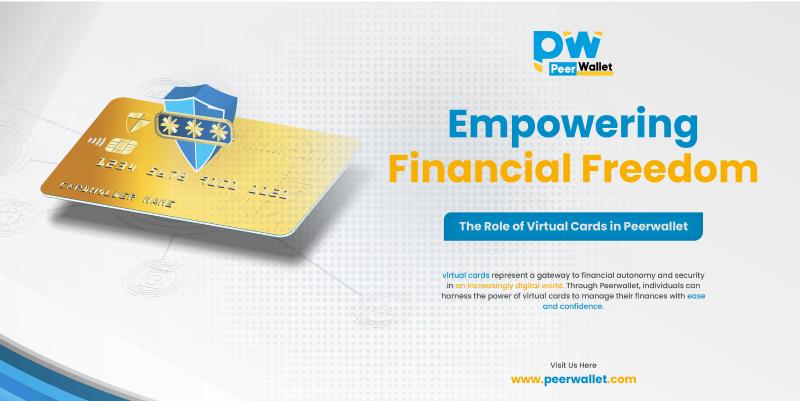
Monday 22nd of April 2024

Monday 22nd of April 2024

Monday 22nd of April 2024
.jpeg)
Monday 22nd of April 2024

Friday 20th of October 2023
Friday 20th of October 2023

Thursday 1st of December 2022
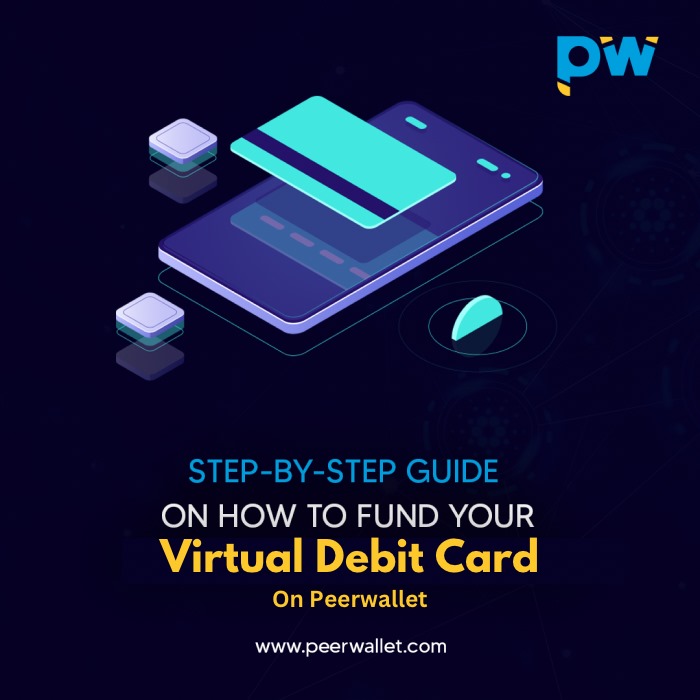
Thursday 1st of December 2022

Thursday 1st of December 2022
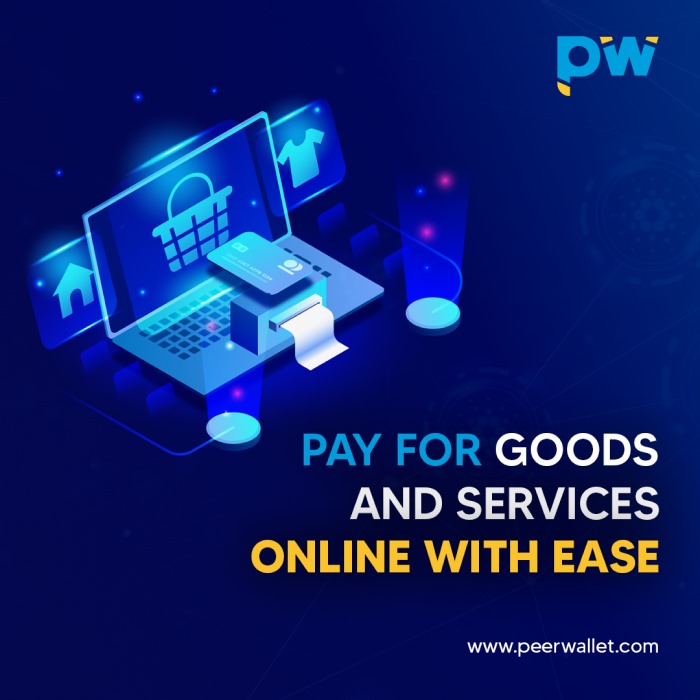
Thursday 1st of December 2022
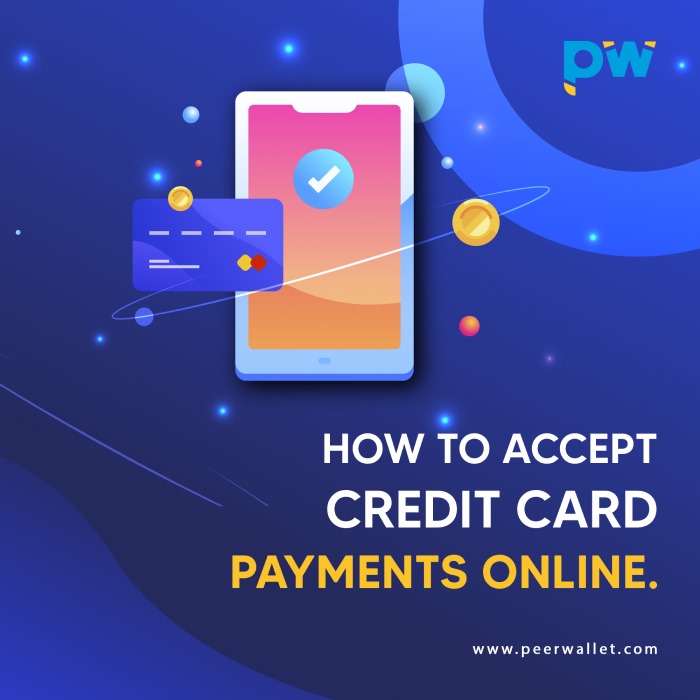
Thursday 1st of December 2022
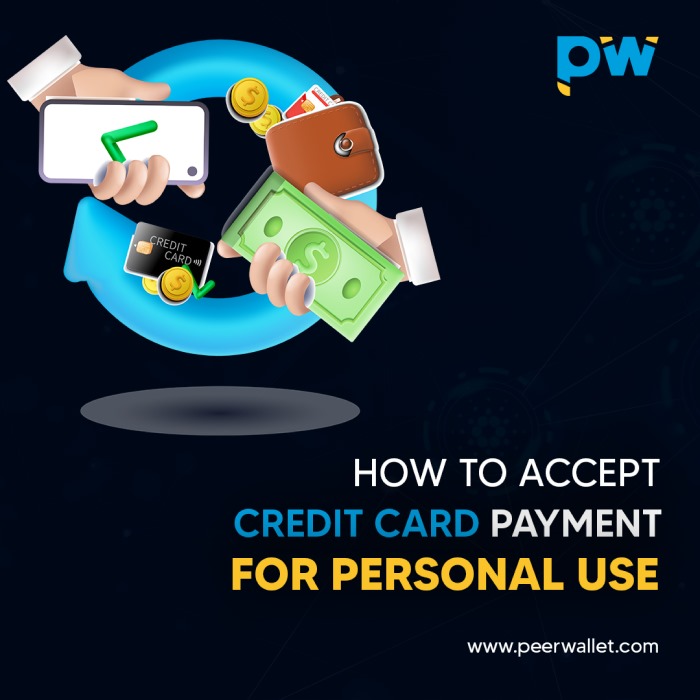
Thursday 1st of December 2022

Thursday 1st of December 2022

Thursday 1st of December 2022

Thursday 1st of December 2022

Thursday 17th of November 2022

Wednesday 2nd of November 2022

Wednesday 2nd of November 2022
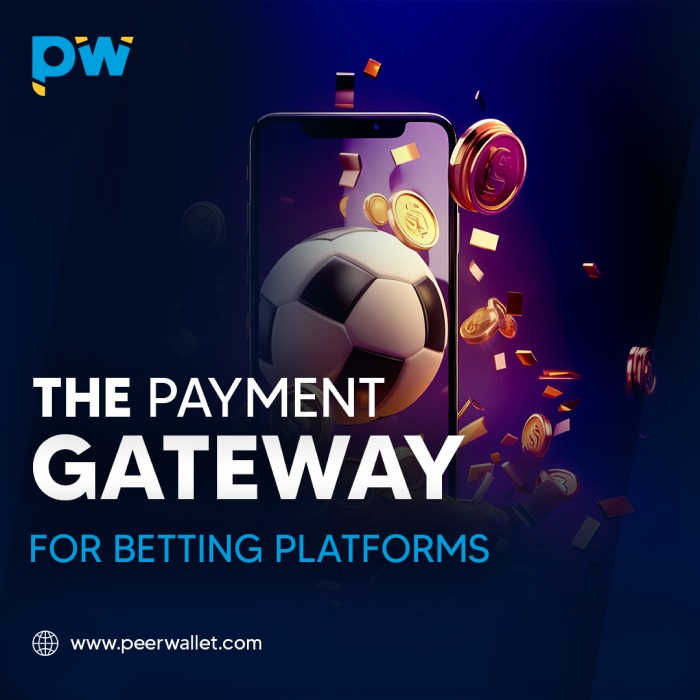
Wednesday 2nd of November 2022
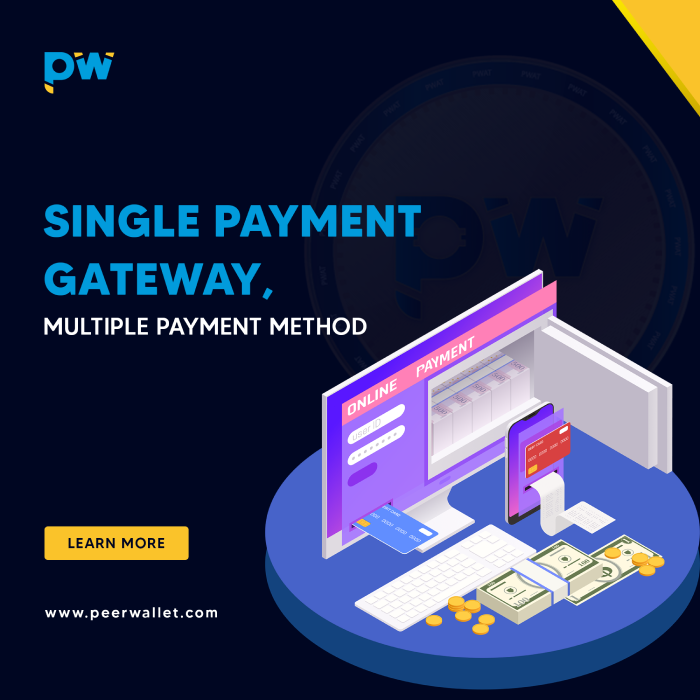
Wednesday 2nd of November 2022
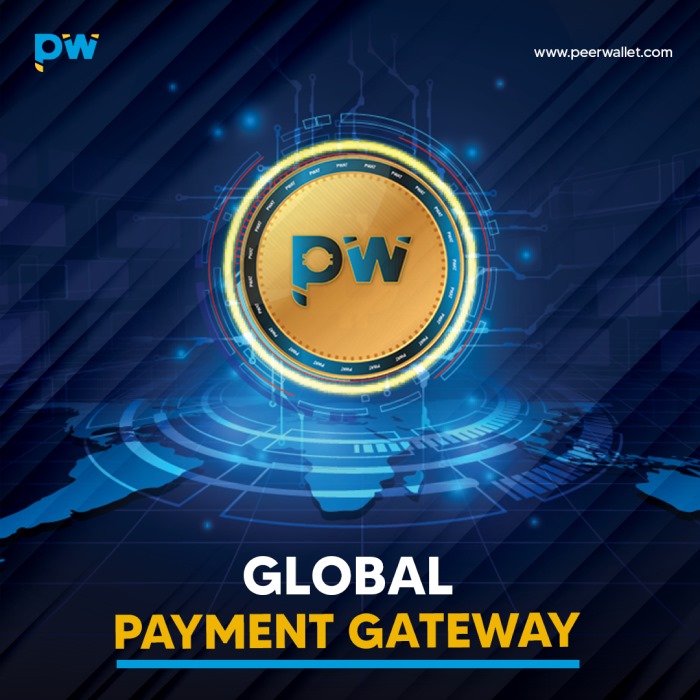
Wednesday 2nd of November 2022
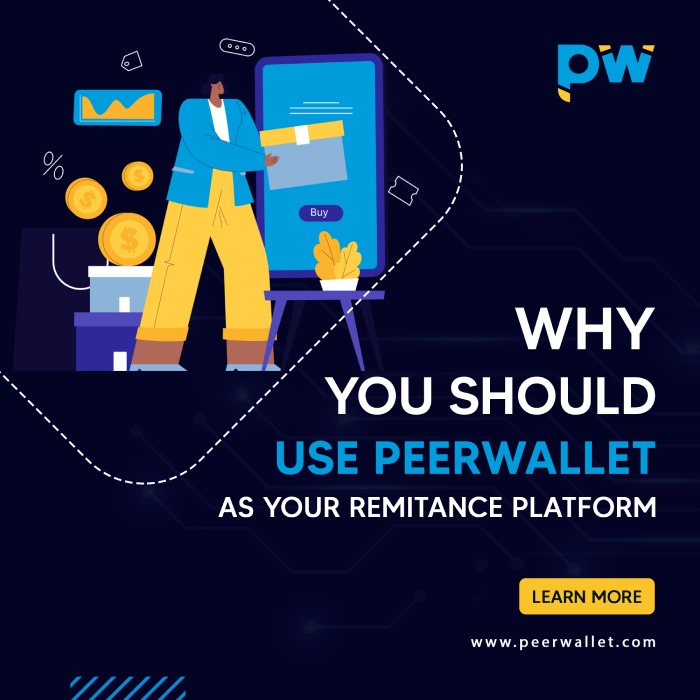
Wednesday 2nd of November 2022
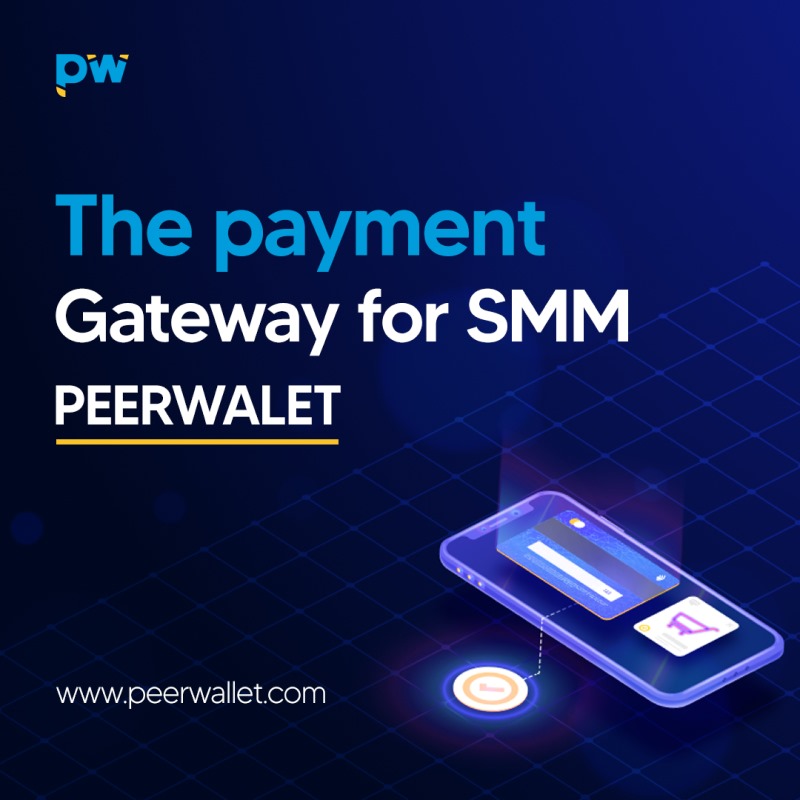
Wednesday 2nd of November 2022
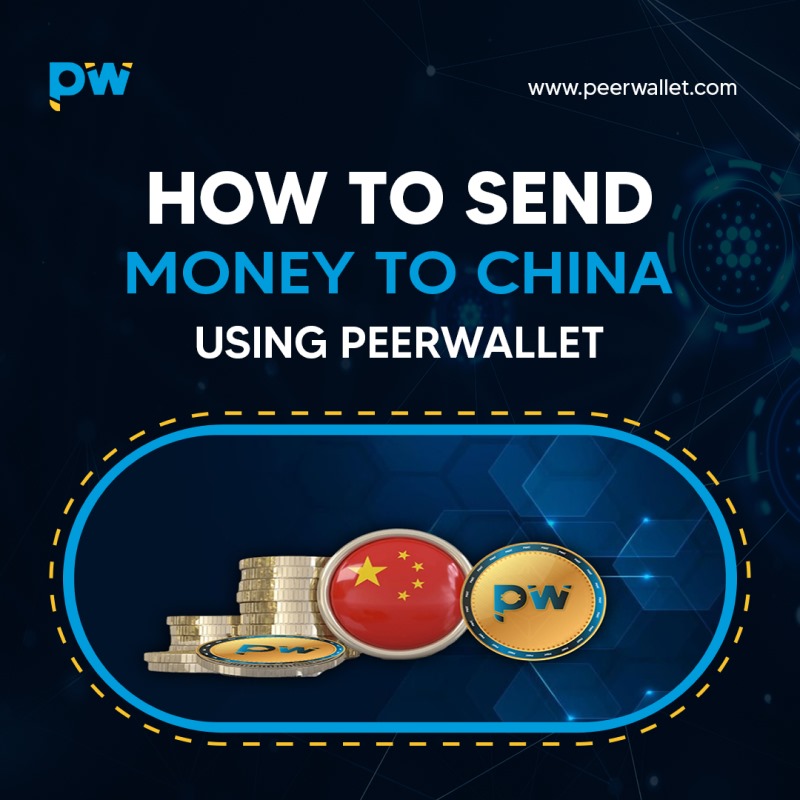
Wednesday 2nd of November 2022

Wednesday 2nd of November 2022
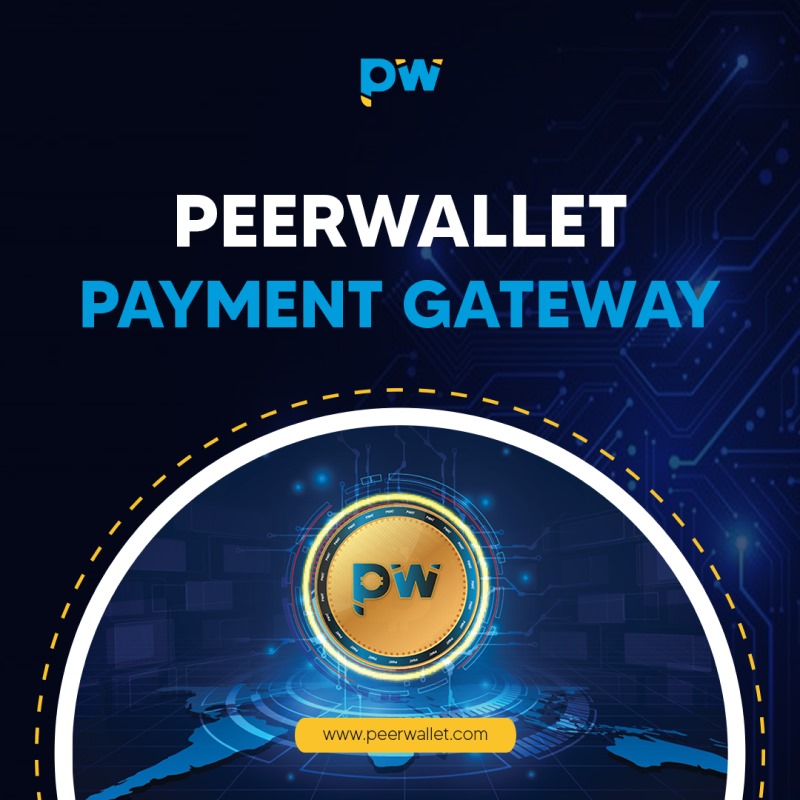
Tuesday 11th of October 2022
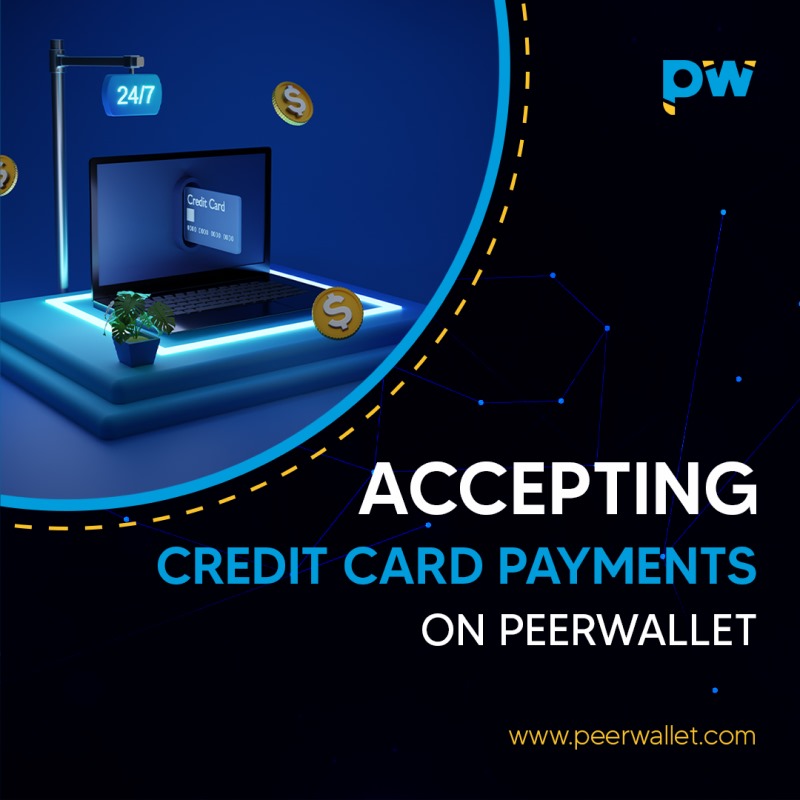
Tuesday 11th of October 2022

Tuesday 11th of October 2022

Monday 10th of October 2022